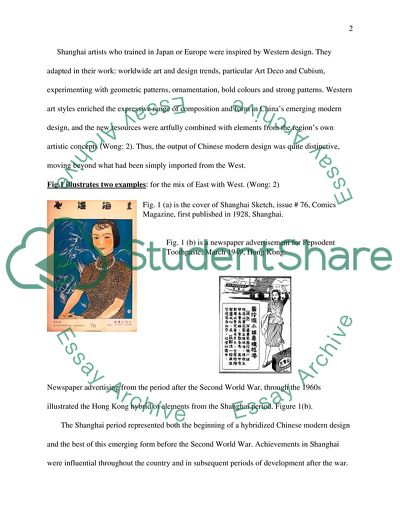Cite this document
(Design as Lifestyle: How Has Chinese Design Development Affected Coursework, n.d.)
Design as Lifestyle: How Has Chinese Design Development Affected Coursework. https://studentshare.org/culture/1707788-design-as-lifestyle-how-has-chinese-design-development-affected-chinese-lifestyle
Design as Lifestyle: How Has Chinese Design Development Affected Coursework. https://studentshare.org/culture/1707788-design-as-lifestyle-how-has-chinese-design-development-affected-chinese-lifestyle
(Design As Lifestyle: How Has Chinese Design Development Affected Coursework)
Design As Lifestyle: How Has Chinese Design Development Affected Coursework. https://studentshare.org/culture/1707788-design-as-lifestyle-how-has-chinese-design-development-affected-chinese-lifestyle.
Design As Lifestyle: How Has Chinese Design Development Affected Coursework. https://studentshare.org/culture/1707788-design-as-lifestyle-how-has-chinese-design-development-affected-chinese-lifestyle.
“Design As Lifestyle: How Has Chinese Design Development Affected Coursework”. https://studentshare.org/culture/1707788-design-as-lifestyle-how-has-chinese-design-development-affected-chinese-lifestyle.


